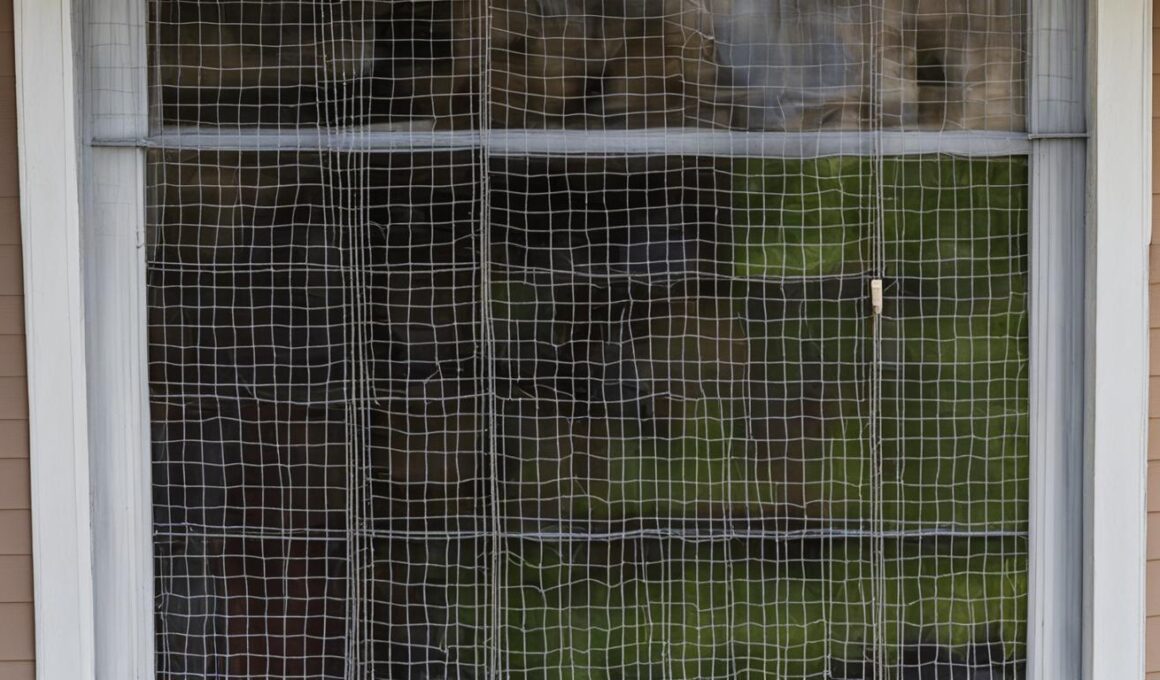Choosing between a screened-in porch and a sunroom can be a tough decision. While a screened-in porch offers the opportunity to enjoy the outdoors while being protected from bugs, it also comes with its fair share of disadvantages. One major drawback of a screened-in porch is the cost, as it can be more expensive to install and maintain compared to a sunroom.
Advantages of Screened-In Porches
Despite the potential drawbacks, having a screened-in porch comes with several advantages that make it a desirable addition to your home.
Easy Installation
One of the main benefits of a screened-in porch is the relatively easy installation process. With resources such as instructional videos available, homeowners have the option to take on a DIY approach and successfully complete the installation themselves. This not only saves money but also provides a sense of accomplishment knowing that you have created a functional and beautiful outdoor space for yourself and your family.
Protection from Bugs
A screened-in porch offers a fantastic solution for those who love spending time outdoors but dislike dealing with bugs and pests. By enclosing the porch with screens, you can enjoy the fresh air and sunlight without worrying about mosquito bites or other irritating insects. This protection allows you to comfortably relax, entertain guests, or enjoy a meal outside without any unwanted disturbances.
Outdoor Ambiance
One of the most appealing aspects of a screened-in porch is the way it enhances the outdoor ambiance of your home. The combination of open-air exposure and the sheltered environment creates a unique atmosphere that brings the beauty of nature closer to you. Whether you’re sipping your morning coffee, reading a book, or simply enjoying a quiet moment, a screened-in porch offers a serene and inviting space where you can unwind and rejuvenate.
Disadvantages of Screened-In Porches
While screened-in porches offer several advantages, they also have their fair share of disadvantages that you should consider before making a decision. One significant drawback is the regular cleaning and maintenance required for these porch enclosures. Due to being exposed to the elements, screened-in porches can accumulate dirt, dust, and leaves more easily, necessitating frequent attention and cleaning to keep them looking their best.
The design of screened-in porches may also lead to an obstructed view of the surrounding scenery. The roofs and railings of these structures often block certain angles, limiting your visibility and potentially compromising the scenic aspect of your outdoor space.
Another potential disadvantage of screened-in porches is the need for screen replacements. Over time, screens can become damaged, torn, or develop holes, requiring replacements to maintain their functionality and keep pests out. These replacements can lead to additional expenses and add to the overall maintenance costs associated with a screened-in porch.
Additional Considerations for Screened-In Porches
When considering a screened-in porch, there are several additional factors to take into account. One of the key considerations is the cost of building a screened-in porch, which can vary based on factors such as the chosen materials and the size of the porch. Opting for high-end materials like copper mesh or stainless steel may increase the overall cost, while more affordable options like vinyl-coated polyester or fiberglass mesh can help save on expenses.
If you plan to include additional features like electrical outlets for heaters or other devices, it’s important to factor in the cost of installation. This can add to the overall expenditure but provide convenience and comfort in the long run.
The square footage of the porch is another crucial aspect to consider. Larger porches will naturally involve more materials and labor, leading to increased costs. It’s therefore advisable to keep the size of the porch within manageable limits to help control expenses.
By carefully considering the cost, materials, electrical outlets, and square footage of your screened-in porch, you can make informed decisions that align with your budget and preferences.
Benefits of Screened-In Porches
Despite the potential drawbacks, a screened-in porch offers several benefits. It provides an increased living space, allowing for more guests or comfortable relaxation. Screened-in porches also offer protection from weather conditions, such as the hot sun or cold snow, making them usable throughout the year. Furthermore, screened-in porches provide an opportunity for more fresh air, allowing for a healthier and more enjoyable outdoor experience. With the added protection from bugs and debris, homeowners can spend more time on their porch without worrying about inconvenience.
Take a look at the image below to see how a screened-in porch can seamlessly extend your living space:
How to Prevent Insects and Pests from Infesting Screened-In Porches?
To prevent insects and pests from infesting screened-in porches, consider installing fine mesh screens, sealing any cracks or gaps, and using natural repellents like citronella or peppermint. Additionally, maintaining a clean porch and ensuring nearby vegetation is well-trimmed can help deter unwanted visitors. Consider beekeeping in your backyard as a natural deterrent for some pests.
Conclusion
In conclusion, screened-in porches offer both advantages and disadvantages. On the positive side, they provide a protected outdoor space where you can enjoy the fresh air and sunlight without the annoyance of bugs. The installation process is relatively easy, and there are resources available to guide you through a DIY installation. However, it’s important to consider the drawbacks of screened-in porches as well.
Regular cleaning and maintenance are necessary to keep your screened-in porch in good condition. The porch may obstruct your view, and screen replacements can result in additional expenses. It’s crucial to weigh these factors, along with the cost, choice of materials, and square footage, when deciding whether to install a screened-in porch.
Ultimately, the decision to have a screened-in porch is a personal one that depends on your specific needs and preferences. By carefully considering the pros and cons, you can make an informed choice and create a comfortable outdoor living space that suits your lifestyle.










